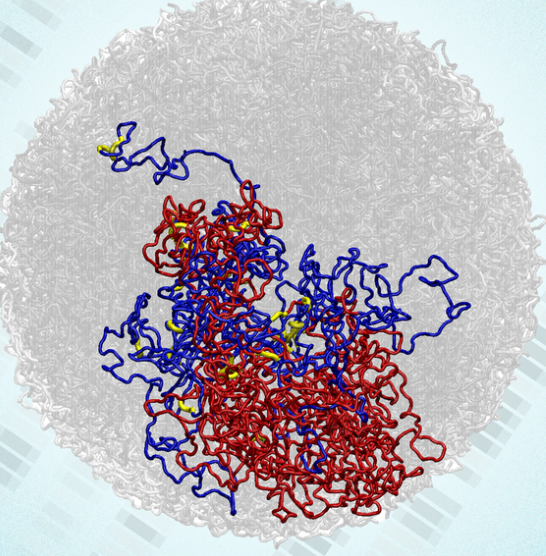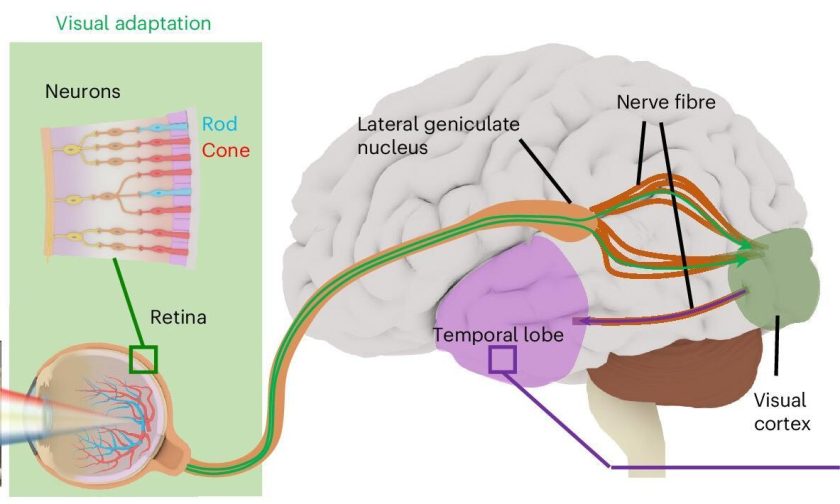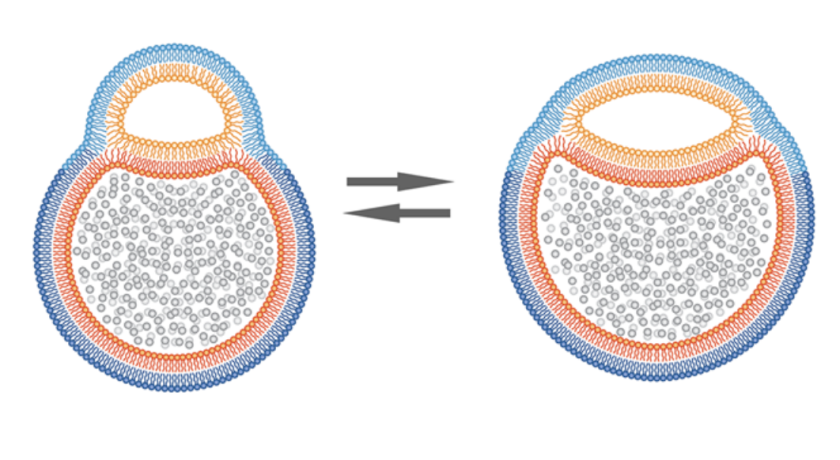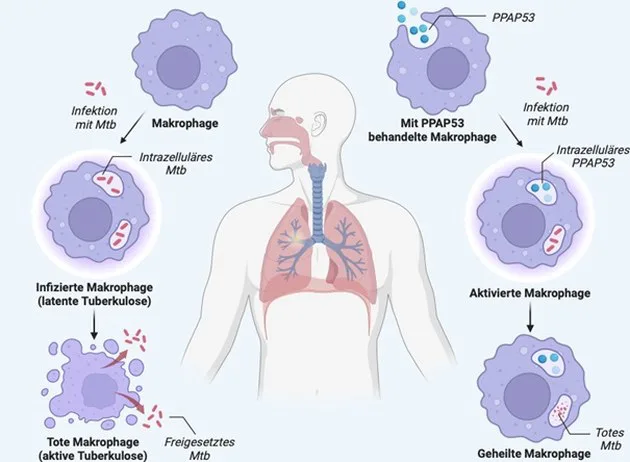
Recently, Prof. Bernd Plietker and his team at the Organic Chemistry I lab, TUD, came up with this group of natural substances called polyprenylated polycyclic acylphloroglucinols, or simply PPAP. The interesting part is its derivative called PPAP53. Since, it has got some serious potential in the world of medicinal chemistry.
Teaming up with Ulm and Mainz Universities, their research is showing that PPAP53 could be a game-changer in tackling multi-resistant tuberculosis. And, it also might just be the key to treating neurodegenerative diseases.
Tackling Tuberculosis
Tuberculosis or TB hits millions every year and used to be a big deal before COVID-19 came along. However, nailing down TB early is not that straightforward.
The crafty bacterium – Mycobacterium tuberculosis (Mtb) – hides in our immune cells, the macrophages. Its like the Mtb is playing hide-and-seek. Thus, keeping it tricky to spot until it decides to show itself as full-blown “open tuberculosis”.
Although, there are medications like antibiotics to cure TB. But the regular exposure of same drugs can make tuberculosis all resistant and tough. That’s where we need to get creative and find other ways to tackle this tricky disease.
Promising Natural Compounds for Medicinal Chemistry
Prof. Bernd Plietker came up with an interesting class of natural substances a while back. He figured out a quick and easy way to make them. He called it the total synthesis method for polyprenylated polycyclic acylphloroglucinols (just call it PPAP).
Now, these not-so-natural versions have some real potential in the world of medicinal chemistry. Particularly, their interactions with proteins hanging out in our cell membranes.
Expanding on these findings, Prof. Plietker and his team collaborated with Prof. Steffen Stenger from Ulm University Hospital. Together, they demonstrated that a particular PPAP, called PPAP53, can actually kick our human macrophages into gear. In other words, it can activate human macrophages to combat drug-resistant tuberculosis bacteria without harming the macrophages themselves.
PPAP53: A Game-Changer in Tuberculosis Treatment
PPAP53 comes with an added perk! The substance doesn’t hike up the levels of liver enzymes, a persistent problem seen with some existing drugs.
This also means that the treatment stays effective without the active substance breaking down unexpectedly in the liver. No pesky phototoxic side effects here.
Plus, it avoids cross-resistance with other therapies, making it a win-win for the overall tuberculosis treatment.
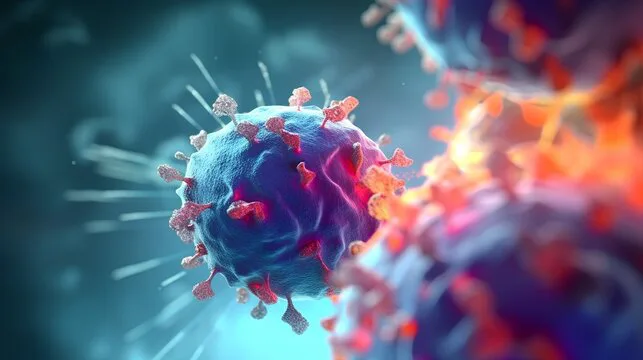
Takeaway
In the field of medicine, the future for PPAP53 looks promising. Some of its few potential avenues are:
- Immunotherapy Advancements: With its ability to activate macrophages, it would result in boosting the body’s natural defence mechanisms. And this will lead to more effective treatments for infectious diseases and cancers.
- Oncology Treatment: Harnessing the immune system to target and eliminate cancer cells is a growing area of research. And PPAP53’s unique properties may play a role in advancing this field.
- Therapeutic Innovation: As scientists continue to unravel the molecular understanding of PPAP53, its unique structure-activity relationship may inspire the development of novel therapeutic approaches in various medical fields.
In a nutshell, PPAP53 showcases a promising future in contributing to innovative and effective medical solutions. Ongoing research will likely unveil new possibilities and applications for the new compound in the years to come.
Source: Dresden University of Technology

